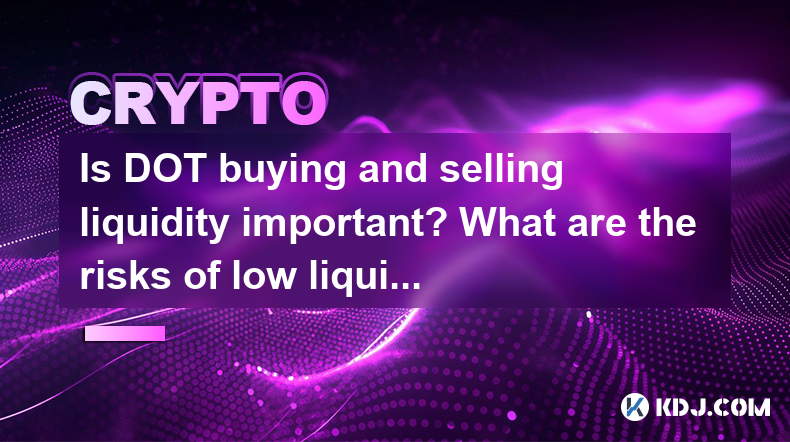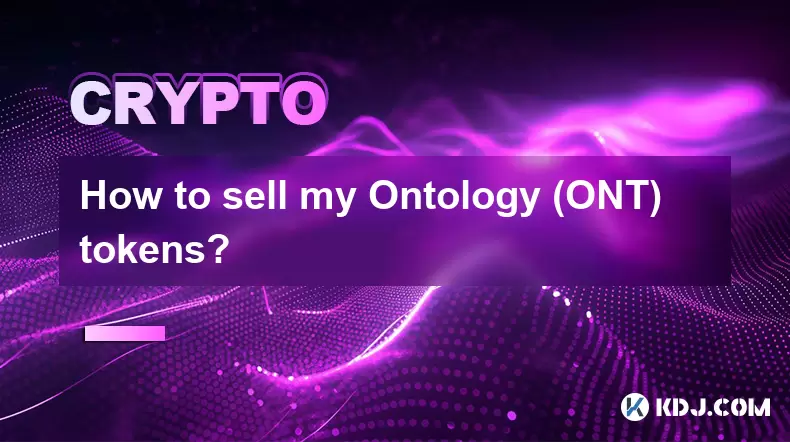-
 Bitcoin
Bitcoin $116900
0.00% -
 Ethereum
Ethereum $4280
5.48% -
 XRP
XRP $3.265
-1.45% -
 Tether USDt
Tether USDt $1.000
-0.01% -
 BNB
BNB $807.0
1.41% -
 Solana
Solana $183.1
2.93% -
 USDC
USDC $0.9999
0.00% -
 Dogecoin
Dogecoin $0.2440
6.50% -
 TRON
TRON $0.3357
-0.88% -
 Cardano
Cardano $0.8178
2.63% -
 Hyperliquid
Hyperliquid $44.13
7.45% -
 Chainlink
Chainlink $21.39
9.09% -
 Stellar
Stellar $0.4524
-0.84% -
 Sui
Sui $3.957
2.13% -
 Bitcoin Cash
Bitcoin Cash $572.7
-2.54% -
 Hedera
Hedera $0.2671
1.54% -
 Avalanche
Avalanche $24.77
4.17% -
 Ethena USDe
Ethena USDe $1.001
0.02% -
 Litecoin
Litecoin $122.3
-1.94% -
 Toncoin
Toncoin $3.432
2.26% -
 UNUS SED LEO
UNUS SED LEO $9.007
0.49% -
 Shiba Inu
Shiba Inu $0.00001396
5.26% -
 Uniswap
Uniswap $11.09
1.64% -
 Polkadot
Polkadot $4.155
4.57% -
 Dai
Dai $1.000
0.00% -
 Pepe
Pepe $0.00001253
5.11% -
 Cronos
Cronos $0.1588
2.67% -
 Bitget Token
Bitget Token $4.512
0.05% -
 Monero
Monero $275.0
0.64% -
 Ethena
Ethena $0.7527
15.10%
Is DOT buying and selling liquidity important? What are the risks of low liquidity?
High liquidity in DOT markets ensures smooth transactions and price stability, while low liquidity can lead to increased volatility and trading risks.
May 07, 2025 at 08:14 am

Introduction to DOT Liquidity
DOT, the native token of the Polkadot network, plays a crucial role in the ecosystem's functionality and governance. One of the critical aspects that investors and traders often consider is the liquidity of DOT. Liquidity refers to the ease with which an asset can be bought or sold in the market without significantly affecting its price. In the context of DOT, liquidity is vital for ensuring smooth transactions and maintaining market stability. This article delves into the importance of DOT buying and selling liquidity and examines the risks associated with low liquidity.
Importance of High Liquidity for DOT
High liquidity in DOT markets is essential for several reasons. Firstly, high liquidity allows traders to execute large orders without causing substantial price slippage. This is particularly important for institutional investors who deal with significant volumes. Secondly, high liquidity contributes to price stability, as it reduces the volatility that can occur when large orders are placed in a less liquid market. Thirdly, high liquidity attracts more market participants, which can lead to a more robust and active trading environment. This increased participation can, in turn, further enhance liquidity, creating a positive feedback loop.
How to Assess DOT Liquidity
To assess the liquidity of DOT, traders can look at several key indicators. The bid-ask spread is a primary metric, representing the difference between the highest price a buyer is willing to pay and the lowest price a seller is willing to accept. A narrower bid-ask spread typically indicates higher liquidity. Another important metric is the trading volume, which reflects the total number of DOT tokens traded over a specific period. Higher trading volumes generally indicate a more liquid market. Additionally, order book depth can provide insights into liquidity, as a deeper order book suggests a higher capacity to absorb large orders without significant price impact.
Risks of Low Liquidity in DOT Markets
Low liquidity in DOT markets can pose several risks to investors and traders. One of the primary risks is increased price volatility. In a low-liquidity market, even relatively small buy or sell orders can cause significant price fluctuations, making it challenging to predict and manage price movements. Another risk is slippage, where the executed price of a trade differs from the expected price due to the lack of available liquidity. This can lead to higher trading costs and potential losses. Additionally, difficulty in executing large orders is a concern, as traders may struggle to find counterparties willing to take the other side of their trades, leading to delays and potential missed opportunities.
Impact of Low Liquidity on Market Sentiment
Low liquidity can also negatively impact market sentiment around DOT. When liquidity is low, investor confidence may wane, as the market becomes more susceptible to manipulation and sudden price swings. This can lead to a decrease in trading activity and further exacerbate liquidity issues. Conversely, negative news or events can have a more pronounced effect in a low-liquidity market, as there may be fewer participants to absorb the impact, leading to more significant price drops and increased uncertainty.
Strategies to Mitigate Low Liquidity Risks
To mitigate the risks associated with low liquidity in DOT markets, traders can employ several strategies. One approach is dollar-cost averaging (DCA), where investors spread out their purchases over time, reducing the impact of short-term price volatility. Another strategy is to use limit orders instead of market orders, allowing traders to set a specific price at which they are willing to buy or sell, thereby reducing the risk of slippage. Additionally, diversifying across different cryptocurrencies can help spread risk and reduce the impact of low liquidity in any single market. Finally, staying informed about market conditions and liquidity levels can help traders make more informed decisions and adjust their strategies accordingly.
Frequently Asked Questions
Q: How does liquidity affect the overall health of the Polkadot ecosystem?
A: Liquidity is a crucial factor in the health of the Polkadot ecosystem. High liquidity supports efficient price discovery, attracts more participants, and enhances the overall functionality of the network. Conversely, low liquidity can lead to decreased market activity, increased volatility, and reduced confidence among users and investors, which can negatively impact the ecosystem's growth and stability.
Q: Can liquidity be artificially manipulated in the DOT market?
A: Yes, liquidity can be artificially manipulated in the DOT market through practices such as wash trading or spoofing. Wash trading involves placing fake orders to create the illusion of higher trading volume, while spoofing involves placing large orders with no intention of executing them to influence other traders. These practices are illegal and can lead to regulatory action, but they highlight the importance of monitoring liquidity indicators closely.
Q: How does the liquidity of DOT compare to other major cryptocurrencies?
A: The liquidity of DOT can vary compared to other major cryptocurrencies like Bitcoin and Ethereum. Generally, Bitcoin and Ethereum have higher liquidity due to their larger market capitalization and longer history of trading. However, DOT's liquidity has been improving as the Polkadot network grows and more exchanges list the token. Traders should compare liquidity metrics such as trading volume and bid-ask spread across different platforms to get a comprehensive view.
Q: What role do decentralized exchanges (DEXs) play in DOT liquidity?
A: Decentralized exchanges (DEXs) play a significant role in enhancing DOT liquidity. DEXs allow users to trade directly from their wallets, reducing the need for intermediaries and increasing accessibility. Platforms like Polkadot's native DEX, which operates on the network's parachains, can provide additional liquidity sources and contribute to a more robust trading ecosystem. However, DEXs may have different liquidity profiles compared to centralized exchanges, and traders should consider this when assessing overall market liquidity.
Disclaimer:info@kdj.com
The information provided is not trading advice. kdj.com does not assume any responsibility for any investments made based on the information provided in this article. Cryptocurrencies are highly volatile and it is highly recommended that you invest with caution after thorough research!
If you believe that the content used on this website infringes your copyright, please contact us immediately (info@kdj.com) and we will delete it promptly.
- Shiba Inu, Pepe, and Remittix: A Tale of Memes, Hype, and Real-World Utility
- 2025-08-10 08:30:12
- Ethereum Price, ETH Tokens, Rally Prediction: Is a New All-Time High In Sight?
- 2025-08-10 08:30:12
- XRP, Elon Musk, and Wealth: A Crypto Conundrum
- 2025-08-10 08:50:12
- Retire Early with Crypto: High-Conviction Plays Beyond Bitcoin
- 2025-08-10 08:50:12
- BlockDAG, Render, and Polkadot: Charting the Course for Long-Term Crypto Dominance
- 2025-08-10 08:55:21
- Toncoin's Ascent: Price Predictions and the VERB Strategy Impact
- 2025-08-10 08:55:21
Related knowledge

How to purchase Aragon (ANT)?
Aug 09,2025 at 11:56pm
Understanding Aragon (ANT) and Its PurposeAragon (ANT) is a decentralized governance token that powers the Aragon Network, a platform built on the Eth...

Where can I buy UMA (UMA)?
Aug 07,2025 at 06:42pm
Understanding UMA and Its Role in Decentralized FinanceUMA (Universal Market Access) is an Ethereum-based decentralized finance (DeFi) protocol design...

How to buy Storj (STORJ) tokens?
Aug 09,2025 at 07:28am
Understanding Storj (STORJ) and Its Role in Decentralized StorageStorj is a decentralized cloud storage platform that leverages blockchain technology ...

What is the best app to buy Nano (NANO)?
Aug 09,2025 at 03:35am
Understanding Nano (NANO) and Its Unique FeaturesNano is a feeless, instant cryptocurrency designed for fast peer-to-peer transactions. Unlike many ot...

Where can I purchase Siacoin (SC)?
Aug 08,2025 at 11:14am
Understanding Siacoin (SC) and Its Role in the Sia NetworkSiacoin (SC) is the native cryptocurrency of the Sia decentralized cloud storage platform, a...

How to sell my Ontology (ONT) tokens?
Aug 09,2025 at 06:08pm
Understanding Ontology (ONT) and Its Trading EcosystemBefore selling your Ontology (ONT) tokens, it's essential to understand the nature of the crypto...

How to purchase Aragon (ANT)?
Aug 09,2025 at 11:56pm
Understanding Aragon (ANT) and Its PurposeAragon (ANT) is a decentralized governance token that powers the Aragon Network, a platform built on the Eth...

Where can I buy UMA (UMA)?
Aug 07,2025 at 06:42pm
Understanding UMA and Its Role in Decentralized FinanceUMA (Universal Market Access) is an Ethereum-based decentralized finance (DeFi) protocol design...

How to buy Storj (STORJ) tokens?
Aug 09,2025 at 07:28am
Understanding Storj (STORJ) and Its Role in Decentralized StorageStorj is a decentralized cloud storage platform that leverages blockchain technology ...

What is the best app to buy Nano (NANO)?
Aug 09,2025 at 03:35am
Understanding Nano (NANO) and Its Unique FeaturesNano is a feeless, instant cryptocurrency designed for fast peer-to-peer transactions. Unlike many ot...

Where can I purchase Siacoin (SC)?
Aug 08,2025 at 11:14am
Understanding Siacoin (SC) and Its Role in the Sia NetworkSiacoin (SC) is the native cryptocurrency of the Sia decentralized cloud storage platform, a...

How to sell my Ontology (ONT) tokens?
Aug 09,2025 at 06:08pm
Understanding Ontology (ONT) and Its Trading EcosystemBefore selling your Ontology (ONT) tokens, it's essential to understand the nature of the crypto...
See all articles

























































































